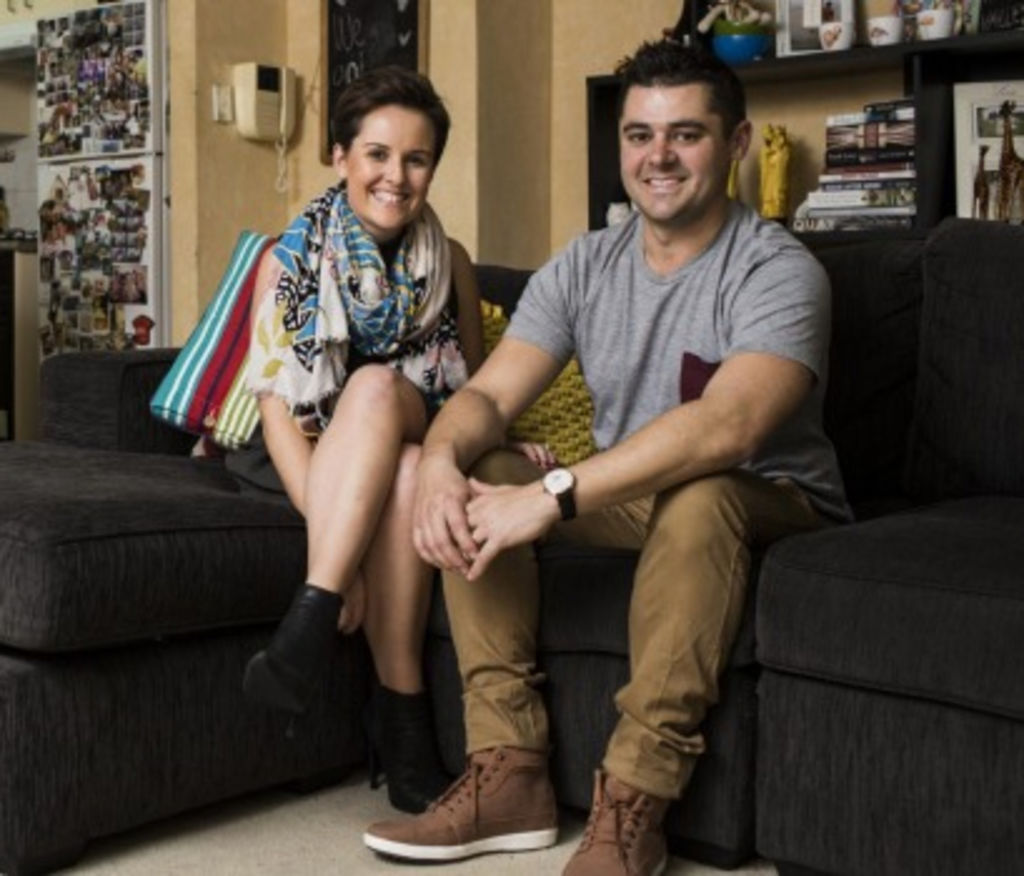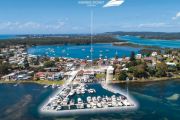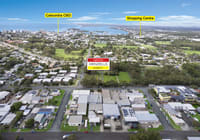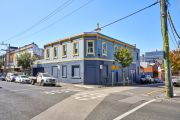
Digital-savvy investors look beyond their neighbourhood for best returns
Tom and Antonia Murphy are digital-savvy property investors who understand the need to look beyond their neighbourhood and home state to find the best returns.
The couple are saving for a Sydney home by buying investment properties in Brisbane and the Gold Coast where prices are lower, yields higher and prospects for capital growth stronger.
“If the numbers add up, then we buy,” says events manager Antonia, 29. Tom is a high-voltage lineman. The couple base their buying decisions on latest market data and advice from a buyers’ advocate.
“We will eventually sell the properties and buy our home,” she adds. “We have taken the emotion out of buying. We see the properties as a way of making money.”
It’s a strategy being used by an increasing number of investors aware of the widening spreads between different states, regions and dwelling styles, particularly high- and low-rise apartments.
“Years ago you could rely on everything going up,” says Damian Collins, managing director of Momentum Wealth, a Perth-based buyers’ advocacy.
“We are now in a different world,” he says. “Low wage growth, low inflation and low interest rates mean consumers cannot expect 8 per cent returns every year.”
Sydney still a gold mine
CoreLogic, which monitors property values, says the number of properties resold at a loss on the purchase price has jumped from 8.3 per cent to 9.2 per cent in the first quarter of this year.
Nearly 20 per cent of inner Melbourne apartments are being sold at a loss, the highest level in more than a decade, according to CoreLogic analysis.
Sydney – for the moment – remains a real estate gold mine, with nearly everyone who purchased five years ago hitting pay dirt when they sell, says Corelogic.
Sydney home prices rose 6.6 per cent in the three months to May.
“But including the months between October and February (when prices fell by 2.2 per cent), the overall performance was a more modest 4.4 per cent over eight months rather than 6.6 per cent over three,” says Glenn Piper, chief executive of buyer’s advocacy Meridian Australia.
Forced sales
“The next four months will be interesting – if values stay flat, then we could see a lower single-digit 12-month growth performance for Sydney,” Piper says.
In Perth 40 per cent of all sales are lossmakers, says CoreLogic.
The fall in price in former boom suburbs around Perth, such as Mandurah, is more than three times the national average, with buyers selling after just six years, suggesting that many could be forced sales.
“Bargain hunters are out there,” says Momentum’s Collins, who adds real estate agents are increasingly advertising that properties “must be sold”, which is often code for distressed sales.
Many buyer’s advocates believe Sydney and Melbourne house price rises have outpaced wages growth and savings and are running out of puff, which means they are looking at other markets.
“There are still pockets of value in Sydney,” says Rich Harvey, chief executive of Property Buyer, a Sydney-based buyers’ advocacy. “But investors need to have more modest expectations.”
Affordability
Collins and Paul Nugent, a director of Wakelin Property Advisory, believe the time it takes for a top-performing investment property to double in value has – at best – doubled from between seven and 10 years to more than 15 years.
The prospect of values doubling is a traditional benchmark used by real estate agents to attract buyers.
CoreLogic estimates it takes 17.5 years to double the purchase price. The typical house sold at a loss was held for six years. Those sold at a profit were typically held for 10 years.
Low wage growth, record low interest rates, a ban on some foreign investors, and low single-digit inflation mean likely growth is expected to be about 4 per cent, which is about 2 per cent over wage growth. This could be slightly higher in strong demand postcodes, says Collins.
Affordability continues to be a key factor in predicting market direction.
Local issues
It was about 29 per cent at the start of the most recent boom in 2009. Since then prices have increased by 78 per cent,
In Melbourne the ratio of mortgage repayments as a percentage of household disposable income is 34.4 per cent, compared to 37.5 per cent in June 2010, the end of the city’s last boom. The median price has since increased by more than 33 per cent.
“Melbourne and Sydney are close to, or above, the previous affordability capacity reached in their last boom,” says Piper, who believes both cities’ prices will move sideways because of lack of affordability, poor yields and increased supply.
But investors like Tom and Antonia Murphy claim they need to dig deeper and discover what local issues are encouraging, or retarding, growth.
For example, a property price boom was sparked in the Queensland town of Gladstone in 2010 by the inflow of well-paid construction workers to build three refineries. But it quickly wound down as workers began seeking jobs elsewhere and developers started constructing dwellings.
Hobart’s rental returns have increased by 10 per cent in the past 12 months, or more than three times Sydney’ returns, according to analysis by SQM Research, which monitors property market prices and returns.
Potent combination
But veteran buyers’ agents, like Harvey, say the attractive returns provide little insight as to whether they will be sustained by rising population, well-paid jobs and high employment, which typically drive property market growth.
“Any of these three factors in isolation will not drive a market, but together they are a potent combination,” he says.
CoreLogic’s report also highlights that different types of properties, such as holiday houses and high-rise apartments, can also fall when other types are rising, or fall faster and harder when markets turn.
For example, nearly five times as many Melbourne apartment owners are selling at a loss than those selling houses.
The southern capital is struggling to digest a huge supply of apartments, many purchased at inflated prices by off-the-plan buyers chasing stamp duty tax breaks offered by the state government to encourage construction.
Four in 10 apartment sellers in the Northern Territory are under water, four times as many house sellers experiencing losses. The Northern Territory’s housing market is also suffering from an over-supply and a slump in demand following the end of the mining boom.
Monitor prospects
Properties in Mandurah, a popular holiday resort about 70 kilometres south of Perth, are selling on average at a 30 per cent loss to the purchase price only six years after purchase, which suggests holiday houses are an early target for budgeting households.
Tom and Antonia, childhood sweethearts who married three months ago, recently sold a house in the Sydney suburb of Parramatta they had purchased five years ago for a $200,000 profit.
They own four other properties in Brisbane and the Gold Coast and believe they will have enough to buy their Sydney home in about three years. They use Meridian to help them monitor prospects for future returns based upon capital growth, yield, affordability and population growth.
“We rent where we want to live, which is in Sydney, and buy where we can make the most capital gains,” says Antonia.











